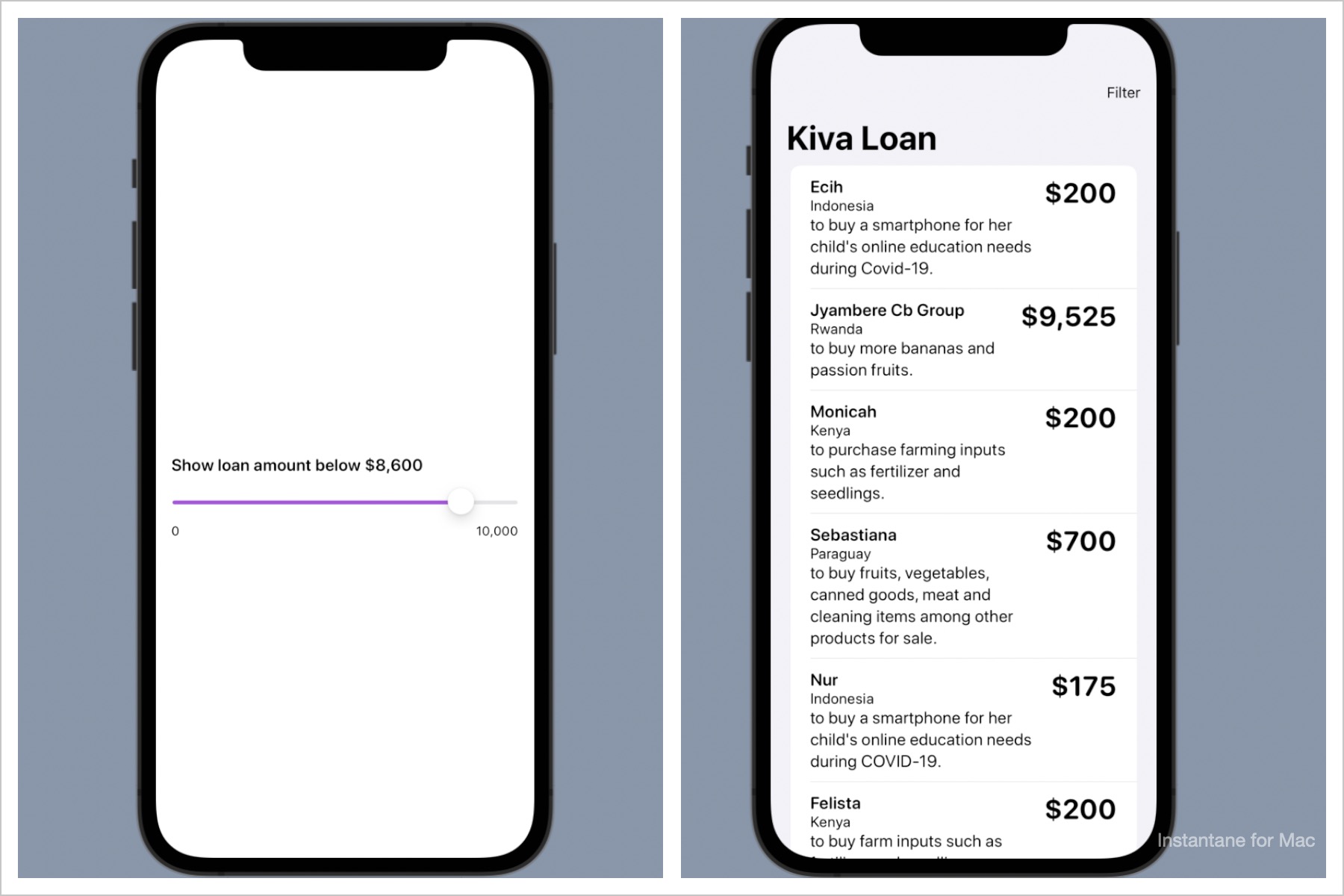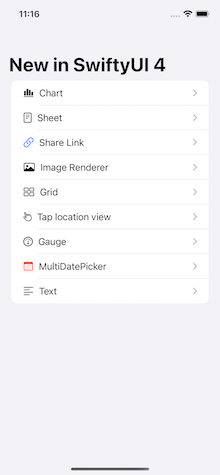FeedListKit
FeedListKit is a high level framework for representing data from an Api inside a SwiftUi List. It automatically handles refreshing and loading more on scroll.
How to use
Create the Api
First, you need to create an api which conforms to the Api protocol. FeedListKit automatically sends a page parameter to your api, you need to handle paging directly in your api.
FeedListKit works great with NetworkKit:
class MyApi: Api {
static func fetchRows<T>(_ urlString: String, parameters: [String : String]?, type: T.Type) async -> [T]? where T : Model {
do {
return try await NKHttp.getObjectArray(urlString, parameters: parameters, type: type)
} catch {
return nil
}
}
static func fetchRows<T>(_ urlString: String, parameters: [String : String]?, type: T.Type, callback: @escaping ([T]?) -> ()) where T : Model {
NKHttp.getObjectArray(urlString, parameters: parameters, type: type, callback: callback)
}
}
But you can also fetch the data on your own:
class MyApi: Api {
static func fetchRows<T>(_ urlString: String, parameters: [String : String]?, type: T.Type) async -> [T]? where T : Model {
// Fetch your data and return the object array asynchronously.
// You can use URLSession or some other http library.
}
static func fetchRows<T>(_ urlString: String, parameters: [String : String]?, type: T.Type, callback: @escaping ([T]?) -> ()) where T : Model {
// Fetch your data and return the object array with callback.
// You can use URLSession or some other http library.
}
}
Create a model for your data
The model needs to conform to the Model protocol.
struct Animal: Model {
var id: String
var name: String
}
Create a FeedNetworking
Create your first FeedNetworking and pass your object Model and your Api type.
class MyAnimalFeedNetworking: FeedNetworking<Animal, MyApi> {
// The url to your api endpoint
override var apiUrl: String {
"http://mydomain.com/api/animals"
}
// Your parameters
override var httpParameters: [String : String] {
[
"myKey": myValue
]
}
}
Use FeedList
struct MyAnimals: View {
init() {
self._feedNetworking = StateObject(wrappedValue: MyAnimalFeedNetworking())
}
@StateObject private var feedNetworking: MyAnimalFeedNetworking
var body: some View {
FeedList(feedNetworking: feedNetworking, row: { animal in
Text(animal.wrappedValue.name)
}, loadingView: {
Text("Fetching animals ...")
}, noDataView: {
Text("No Animals found! :(")
})
.task {
await feedNetworking.fetch()
}
}
}








